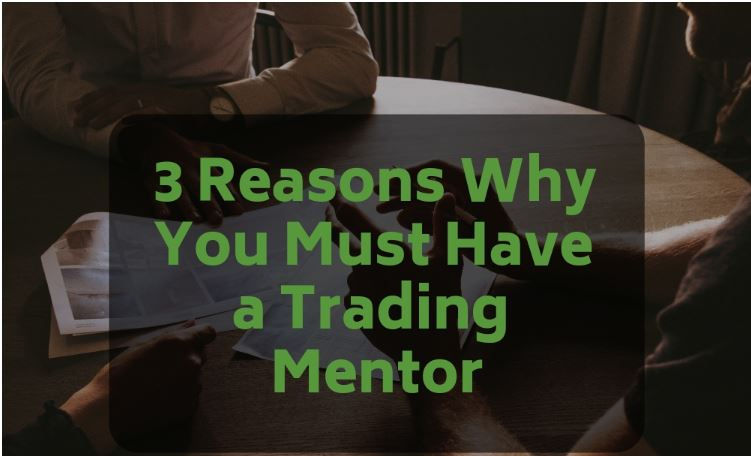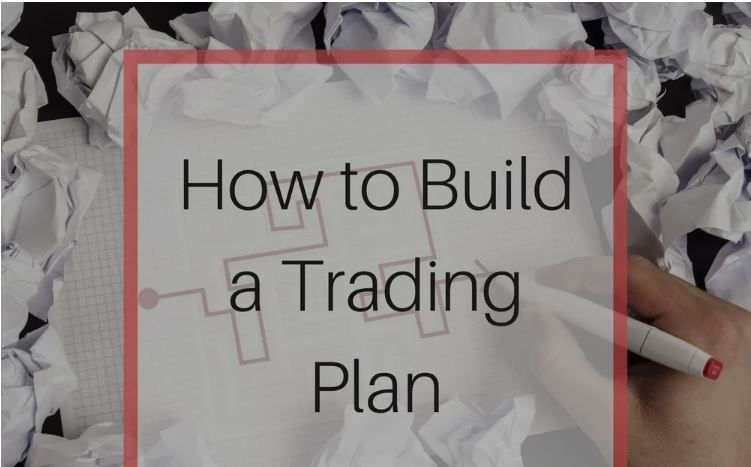IS YOUR WIN RATE REALLY THAT IMPORTANT?
- satishrathod05
- Sep 23, 2020
- 4 min read
Updated: Aug 29, 2021

I see so many traders rely too heavily on their trading strategy win rate. They believe that is the most important aspect of their strategy.
In this article I aim to explain some other strategy statistics that are more important than win rate.
Don’t Follow the Crowd
Unfortunately, retail trading has a dismally low success rate. That’s right! The majority of people who try to trade their own capital consistently lose money! The majority of these traders try to glamorously day trade the markets with little success, hence why I promote trend trading.
So in an industry where the majority are not successful, it’s often wise to find someone who is successful and learn from them. These rare few will tell you that your trading strategy win rate is not that important. Whereas many who do not understand probabilities, averages, risk: reward ratios or edges will tell you that you must win over 50% of your trades to make money.
Average Winning Trade Vs Average Losing Trade
If your average winning trade is exactly the same or less as your average losing trade, then yes, you’d need to win more than 50% to better break even.
Ever heard of the saying ‘keep your losses small, let your winners run’?
With this saying in mind, your trading strategy win rate has some space to breath. If your average winning trade is twice the size of your average loser, then you can get away with only winning a 3rd of your trades just to break even. Win 3x bigger than you lose and a win rate of only 25% is needed for break even.
You see my point. The smaller your losses and the larger your winners means that you can have a smaller win rate and still be profitable over time. In fact ALL of the legendary famous traders that I’ve heard of had a win rate of less than 50%. What does that say about the importance of having a high win rate?
Trade Exit Technique
Most day traders will always set a take profit level on their trades. Often these trades have a positive risk: reward ratio, meaning they aim to take more profit than the potential loss.
This is a good start, but to really embrace the saying, ‘let your winners run’, try not setting a take profit level at all. Instead just follow price with a trailing stop loss during a trend or price swing to capture as much profit as possible.
Doing so will give you a huge winning trade every so often, which will change your average winning trade in your favor. Granted you’ll never exit a trade right at the top of the market (or bottom). However more importantly you’ll capture far more price movement in those big trends.
My Trading Strategy Win Rate
Trend traders are known to have particularly low trade win rates. But to match this they’re also known for having huge winners!
Below is my average trade outcome:
Wins: 27%
Losses: 41%
Break even trades: 32%
More important than this is my average trade size in R (amount risked)
Wins: 6.52 R (6.52 x 1% risk)
Losses: 0.94 R (0.94 x 1% risk)
In short my average winning trade is almost 7x larger than my average losing trade!
Usually my medium and small sized wins cancel out my more regular small losses, then my big winners are where the profit in my trend trading strategy lies.
Drawbacks of Low Win Rates
Having larger winning trades and lower win rates is the secret to the majority of profitable traders. However low win rates have their psychological challenges.
Naturally small losses will be shorter in duration than large profitable trades.
My average losing trade is 1 month in duration, whereas my average winning trade is 9 months in duration. This means I potentially take 9 losses before 1 winner is materialized.
This takes patience and full belief in your trading!
If I take my trading equity from my closed position balance, low win rates will lead to larger drawdowns, which can be mentally tough if you don’t rigorously back test, measure and compare.
On the other hand, taking equity curves from both open and closed positions will generally give a much more linear and drama-free equity curve. Note though, that unrealized or open position profits are not yours until they’re closed.
With this in mind you should have a maximum drawdown that you’re comfortable with. If you’re not comfortable with your back test drawdowns then you may wish to lower your risk allocation.
Understanding Random Probabilities
Bringing all of the above together comes with a good understanding of how random probabilities can materialize in the markets. An edge with profitable statistics mean the likelihood of you being profitable long term is very high.
However in the shorter term, your trading won’t necessarily happen exactly in line with your averages. With statistics and probabilities, the larger the sample size, the more accurate your results will be. So if you’ve back tested and come to the conclusion that your win rate is 40%, don’t expect 4 out of every 10 trades to be a winner. You’re more likely to hit that average over 100, or even 1000 trades! Remember trading is a long term game, its not a way to make some quick cash!
I hope this article has shed some light on the myth that a win rate of over 50% is essential to profitable trading (most who say that aren’t actually profitable).
Time to Change?
If you’re currently experiencing some roadblocks with your own trading I’d like to talk to you.
But I only have so many slots each week available to get on the phone for a FREE 45 minute clarity call.
We’ll get on a call where i’ll provide you with more clarity after hearing about YOUR particular situation and then give you an action plan to improve your trading business. We have a system here at TG and it simple works.
I’d like to help you get the results that ARE achievable.
Hit the link below and let’s talk this week:




Comments